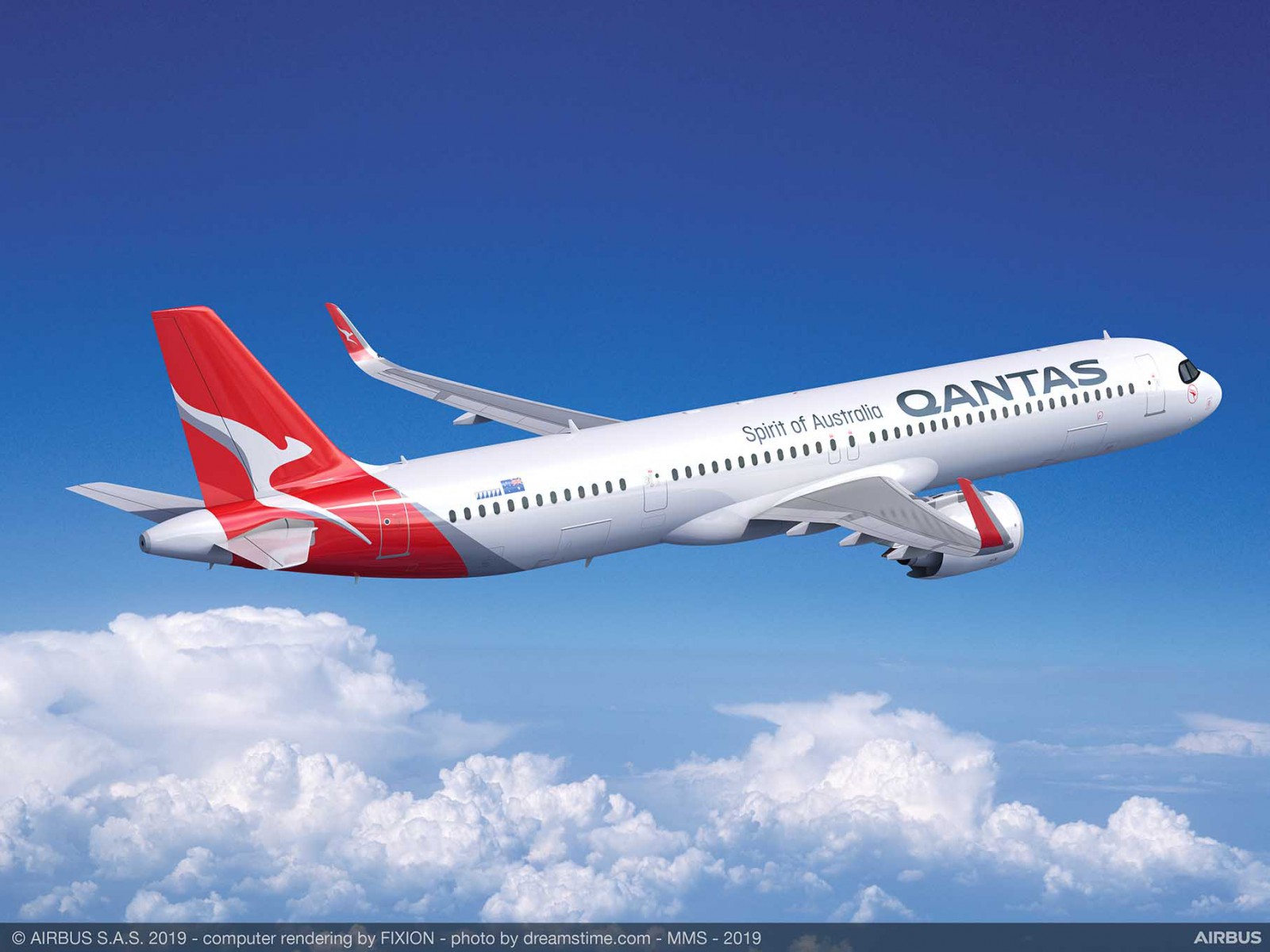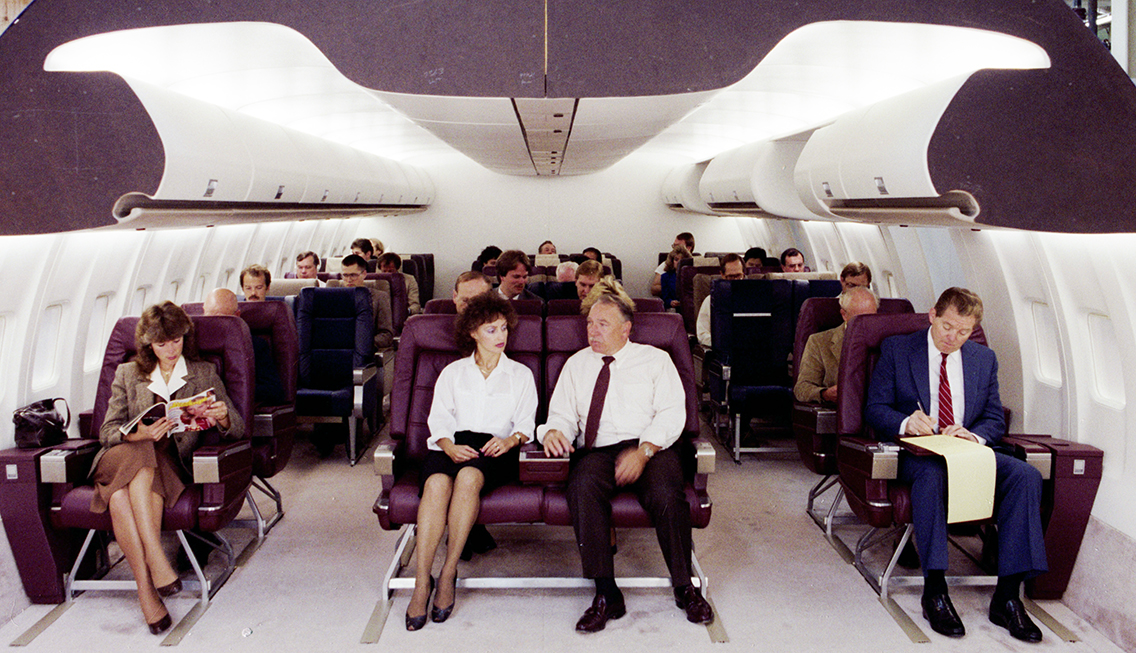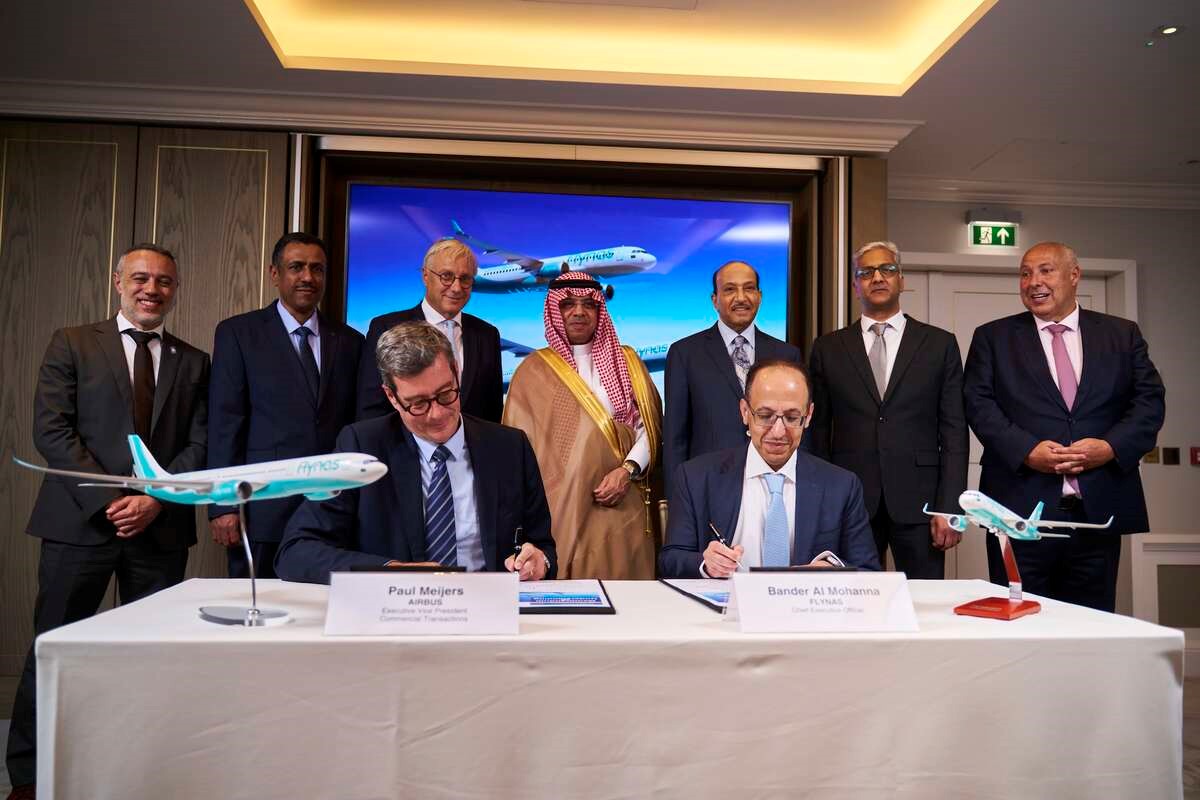After Qantas Airbus order Boeing must rethink the MAX
15 December, 2021
6 min read
By joining our newsletter, you agree to our Privacy Policy


The Qantas decision to opt for Airbus A320 Family and the smaller A220 for its fleet replacement of the 162-seat 737 NG and smaller regional jets is a defining moment in aviation and should send Boeing back to the drawing board to build the 797.
Qantas is one of the world’s most respected airlines and its aircraft evaluation is beyond question and the airline’s selection for years has set the trend in aircraft success with such designs as the 707 and 747.
In 2005, when it ordered the Boeing 787, it forced Airbus to totally redesign its A350 into the very successful aircraft it is today.
Now Boeing must scrap plans to keep the Boeing 737 MAX going for another ten plus years and design an all-new aircraft that has more capability.
The 737, first designed in the 1960s, has gone through four major overhauls- the Advanced, the Classic, the NG, and now the Max.
Each has been very successful and met the majority of market needs but the original design was never intended to be used the way it is today and it has its limitations in its ability to be lengthened.
READ: MH370: Probable location found of MH370
READ: MH370: The extraordinary debris trail across the Indian Ocean
READ: MH370: chronology of major events
For airlines such as Virgin Australia and Bonza the 737 MAX is perfect but Qantas wants more capability – higher capacity and much longer range – which only the highest spec version of the A320 family – the A321neoXLR - can deliver.
The largest version of the MAX can carry a maximum of 230 passengers and has a maximum range of over 6,000km whereas the A320neoXLR capacity is 240 with a maximum range of 8,000km.
The Airbus order gives Qantas far more capacity and range options and the real gem is the A220 regional jet, with its very popular 2-3 seating configuration and large windows.
The two versions, the -200 and -300, can seat a maximum of 135 and 160 respectively with a top range of just over 6,000km.
Boeing now MUST build the 797.
Boeing’s founder, Bill Boeing, once said, “let no new improvement in flying and flying equipment pass us by” and so the aerospace giant that still bears his name must be bold and commit to a plane that every passenger will love if it’s to regain an equal share of the civil airliner market.
The 797, is a twin-aisle 220-280 seat aircraft with a range of about 8,500km to replace the widely used 239-seat 757 and 245-290 seat 767 models as well as the top end of the 737 market.
The $15 billion dilemma for Boeing is how to match Airbus’s 244-seat single-aisle A321 XLR neo (extra-long-range new-engine-option) which is a hot seller and can fly up to 8,400km.
The problem is that while Boeing’s largest 737 MAX, the -10 model, can seat up to 230 its range is 2,400km less than the Airbus A321 XLR neo and that range is critical for today’s market for more non-stop flights.
The orders for the A321neoXLR include blue-chip Boeing customers – American Airlines, United Airlines, Delta Air Lines, and the Qantas Group.
Many financial analysts argue for a slightly less risky single-aisle design to seat about 250 but that ignores the fact passengers dislike single-aisle aircraft with 3-3 seating – particularly for long journeys.
Certainly, passengers flew happily on single-aisle 707s in the 1960s but there was far more legroom and its range dictated that it stopped every five hours or so.
The A321 XLR neo can fly ten hours nonstop and the seating in economy is cramped which is a totally different scenario.
A single-aisle aircraft also lacks imagination, lacks appeal, and would be a waste of precious investment funds.
If Boeing is going to spend billions to build an all-new aircraft it needs to be something special, something exciting, and something that covers a wide segment of the market.
What Boeing needs is to go back to the future and build a twin-aisle design that was touted as far back as the 1980s first by its legacy merged company McDonnell Douglas and then its own 7J7 concept (below).
 Both sported a 2-2-2 configuration for economy passengers, which could be pushed to 2-3-2 for a low-cost airline.
McDonnell Douglas had an order for 60 of what was called the DC-11 from Delta Air Lines but balked at the risk and pulled out of the deal.
The real gem in this 2-2-2 configuration is an almost doubling of overhead baggage space for passenger’s carry-on baggage and faster boarding which are huge issues in the US and Europe.
There is no question that this plane would be a passenger magnet, particularly in the post COVID world where personal space is paramount.
Qantas chief executive Alan Joyce was lyrical about the twin-aisle design saying prior to COVID that “Boeing would be mad not to build it.”
And the chief of the giant Delta Air Lines Ed Bastian has told employees “I hope that we’re going to be a launch customer on that program.”
Before COVID struck Boeing had defined two versions – the 797-6 with 228-passenger, which would fly 8,300km, and the 797-7 which would seat 267 in two classes.
The 797-6 would be launched first, followed by the larger 797-7. The range would enable the 797 to fly the vast majority of routes around Asia as well as most trans-Pacific routes and all trans-Atlantic routes.
Boeing sees the market at about 5000 to 7000 aircraft over 20 years and sees the aircraft as a stimulus to the market creating thousands of new routes thus new business.
Before COVID Boeing said there were 30,000 city pairs currently not linked which would be perfect for the 797.
Innovative financing will be needed, as the industry has lost billions, and the company will have to look to traditional suppliers in Japan and elsewhere to do more of the work and carry more of the cost burden.
And the X factor is that a twin-aisle 797 would send the morale at Boeing – which has been battered over the past two years – sky-high.
Both sported a 2-2-2 configuration for economy passengers, which could be pushed to 2-3-2 for a low-cost airline.
McDonnell Douglas had an order for 60 of what was called the DC-11 from Delta Air Lines but balked at the risk and pulled out of the deal.
The real gem in this 2-2-2 configuration is an almost doubling of overhead baggage space for passenger’s carry-on baggage and faster boarding which are huge issues in the US and Europe.
There is no question that this plane would be a passenger magnet, particularly in the post COVID world where personal space is paramount.
Qantas chief executive Alan Joyce was lyrical about the twin-aisle design saying prior to COVID that “Boeing would be mad not to build it.”
And the chief of the giant Delta Air Lines Ed Bastian has told employees “I hope that we’re going to be a launch customer on that program.”
Before COVID struck Boeing had defined two versions – the 797-6 with 228-passenger, which would fly 8,300km, and the 797-7 which would seat 267 in two classes.
The 797-6 would be launched first, followed by the larger 797-7. The range would enable the 797 to fly the vast majority of routes around Asia as well as most trans-Pacific routes and all trans-Atlantic routes.
Boeing sees the market at about 5000 to 7000 aircraft over 20 years and sees the aircraft as a stimulus to the market creating thousands of new routes thus new business.
Before COVID Boeing said there were 30,000 city pairs currently not linked which would be perfect for the 797.
Innovative financing will be needed, as the industry has lost billions, and the company will have to look to traditional suppliers in Japan and elsewhere to do more of the work and carry more of the cost burden.
And the X factor is that a twin-aisle 797 would send the morale at Boeing – which has been battered over the past two years – sky-high.
 Both sported a 2-2-2 configuration for economy passengers, which could be pushed to 2-3-2 for a low-cost airline.
McDonnell Douglas had an order for 60 of what was called the DC-11 from Delta Air Lines but balked at the risk and pulled out of the deal.
The real gem in this 2-2-2 configuration is an almost doubling of overhead baggage space for passenger’s carry-on baggage and faster boarding which are huge issues in the US and Europe.
There is no question that this plane would be a passenger magnet, particularly in the post COVID world where personal space is paramount.
Qantas chief executive Alan Joyce was lyrical about the twin-aisle design saying prior to COVID that “Boeing would be mad not to build it.”
And the chief of the giant Delta Air Lines Ed Bastian has told employees “I hope that we’re going to be a launch customer on that program.”
Before COVID struck Boeing had defined two versions – the 797-6 with 228-passenger, which would fly 8,300km, and the 797-7 which would seat 267 in two classes.
The 797-6 would be launched first, followed by the larger 797-7. The range would enable the 797 to fly the vast majority of routes around Asia as well as most trans-Pacific routes and all trans-Atlantic routes.
Boeing sees the market at about 5000 to 7000 aircraft over 20 years and sees the aircraft as a stimulus to the market creating thousands of new routes thus new business.
Before COVID Boeing said there were 30,000 city pairs currently not linked which would be perfect for the 797.
Innovative financing will be needed, as the industry has lost billions, and the company will have to look to traditional suppliers in Japan and elsewhere to do more of the work and carry more of the cost burden.
And the X factor is that a twin-aisle 797 would send the morale at Boeing – which has been battered over the past two years – sky-high.
Both sported a 2-2-2 configuration for economy passengers, which could be pushed to 2-3-2 for a low-cost airline.
McDonnell Douglas had an order for 60 of what was called the DC-11 from Delta Air Lines but balked at the risk and pulled out of the deal.
The real gem in this 2-2-2 configuration is an almost doubling of overhead baggage space for passenger’s carry-on baggage and faster boarding which are huge issues in the US and Europe.
There is no question that this plane would be a passenger magnet, particularly in the post COVID world where personal space is paramount.
Qantas chief executive Alan Joyce was lyrical about the twin-aisle design saying prior to COVID that “Boeing would be mad not to build it.”
And the chief of the giant Delta Air Lines Ed Bastian has told employees “I hope that we’re going to be a launch customer on that program.”
Before COVID struck Boeing had defined two versions – the 797-6 with 228-passenger, which would fly 8,300km, and the 797-7 which would seat 267 in two classes.
The 797-6 would be launched first, followed by the larger 797-7. The range would enable the 797 to fly the vast majority of routes around Asia as well as most trans-Pacific routes and all trans-Atlantic routes.
Boeing sees the market at about 5000 to 7000 aircraft over 20 years and sees the aircraft as a stimulus to the market creating thousands of new routes thus new business.
Before COVID Boeing said there were 30,000 city pairs currently not linked which would be perfect for the 797.
Innovative financing will be needed, as the industry has lost billions, and the company will have to look to traditional suppliers in Japan and elsewhere to do more of the work and carry more of the cost burden.
And the X factor is that a twin-aisle 797 would send the morale at Boeing – which has been battered over the past two years – sky-high.
Next Article
2 min read
Qantas triples profit but misses mark

Get the latest news and updates straight to your inbox
No spam, no hassle, no fuss, just airline news direct to you.
By joining our newsletter, you agree to our Privacy Policy
Find us on social media
Comments
No comments yet, be the first to write one.

